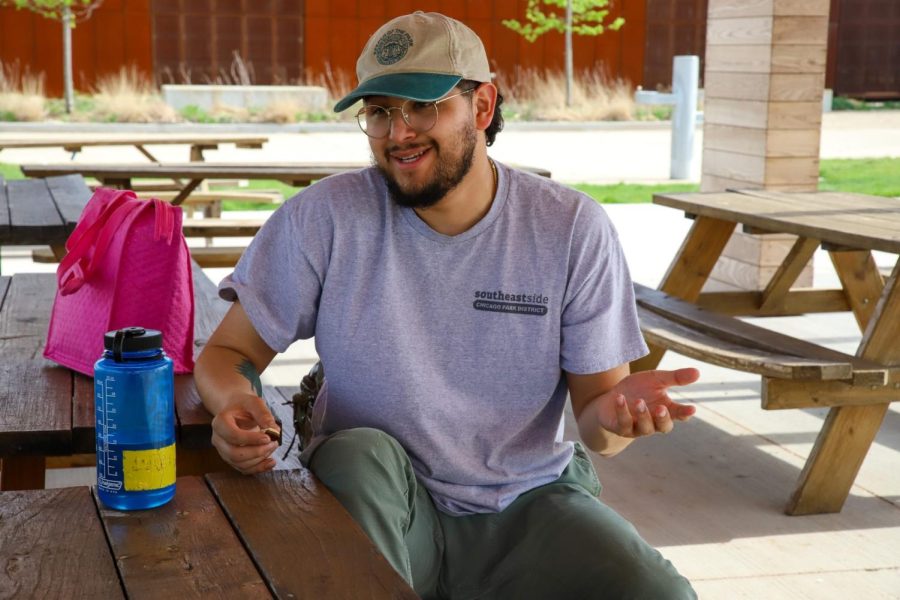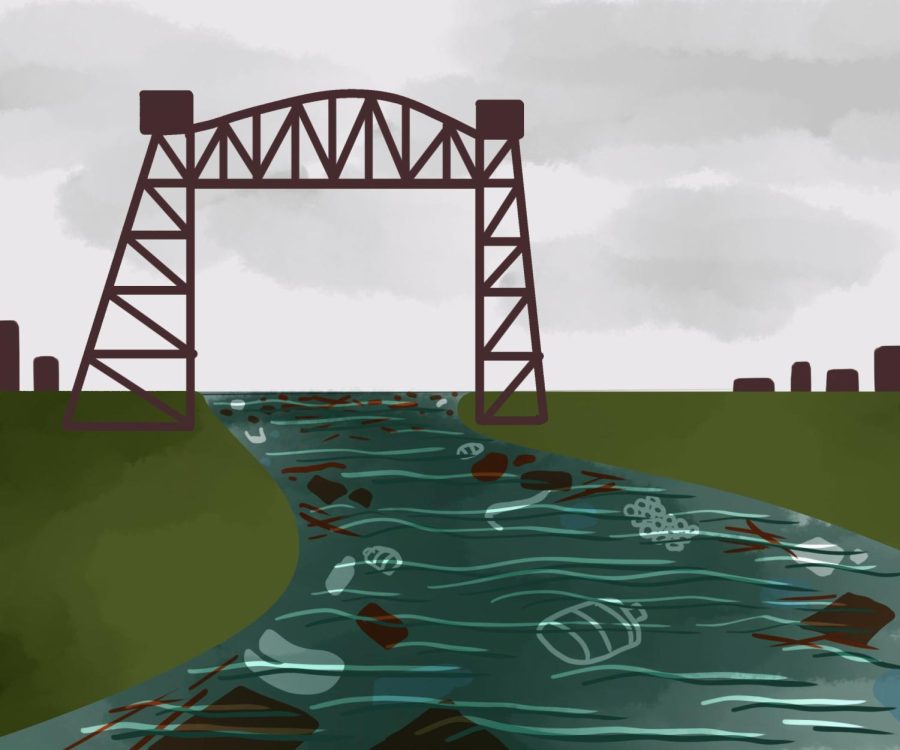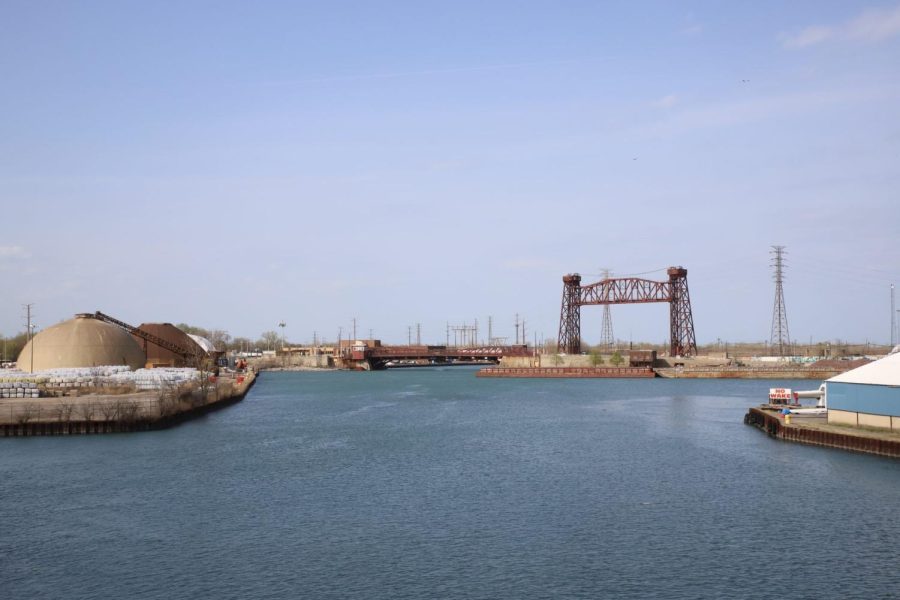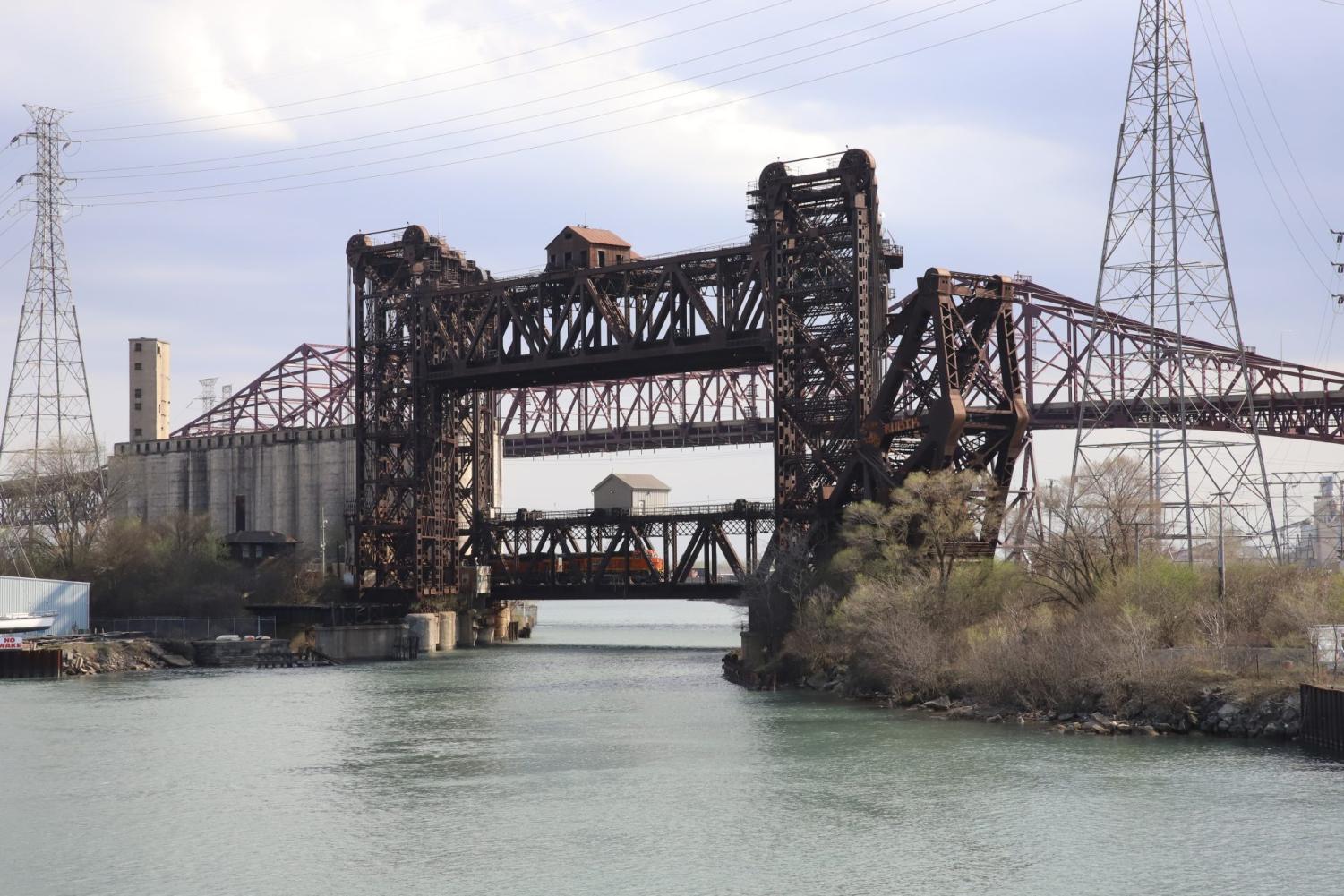From black skies to green spaces: The Southeast Side of Chicago’s environmental justice journey
April 24, 2023
As a student at the University of Illinois at Chicago (UIC) in 2016, Luis Cabrales always had to explain to his peers where he was from: the Southeast Side. It is an area that he feels is more known for its steel mills and pollution rather than its green spaces and forest reserves.
In August 2018 — after working at the UIC greenhouse and leading crews through the student conservation association on the Southeast Side — Cabrales, along with family members and friends, decided he wanted to change the way people thought about the area.
It was then that he co-founded the Southeast Side Youth Alliance to amplify educational, social justice and arts and culture opportunities for local youth.

According to The City of Neighborhoods project, the Southeast Side consists of Roseland, Pullman, South Deering, Altgeld Gardens and South Chicago. The area is home to more than 215,000 residents, according to Point2Homes.
“All of us who became involved came to say we wanted to change the narrative of the Southeast Side,” Cabrales said. “It was this internal dialogue where I’m going to school because I’m bringing all this information back.”
Now, as the program and event facilitator working for Ford Calumet Environmental Center, he serves as a foothold for the community.
Home to the Calumet River, known to some as “Chicago’s other river,” the Southeast Side was once a settlement for the Potawatomi people, one of the original tribes of Chicago. It has been a major water port and industrial center since the 1921 Lake Calumet Harbor Act and the building of the South Works manufacturing plant in 1881. At its peak, the area was the country’s largest producer of steel, which later led to the community’s economic distress when it closed in 1992.

The environmental effects of this industry-driven area remain today as pollution and inaccessibility are still present.
“People know that they grew up with the steel mills and soot,” Cabrales said. “They grew up with fine powder on top of their cars right the next morning because the steel mills were operating overnight. I would like to hope that the consensus is no more industry.”
For years, local activist groups fought to keep major polluting industries from coming to the Southeast Side.

Most recently, activists sued the U.S. Army Corps of Engineers to block their plan to expand a lakefront dump site for polluted sediment on the Southeast Side.
The resident’s health has been burdened by the effects of the industry prevalent area.
An air quality and health report conducted in 2020 showed exposure to ozone, a harmful air pollutant and PM 2.5, a particle matter, which are both associated with an increased risk of asthma, cancer and respiratory problems.
Teaching DePaul students about environmental racism, environmental science and studies Professor Christie Klimas says that elected officials have historically underinvested in marginalized communities and continue to do so.
“[Environmental racism] is the differential access to environmental amenities and benefits, but also a difference in who bears the costs of manufacturing and other industries,” Klimas said. “Marginalized communities racially and economically are more likely to live in neighborhoods with more pollution, less access to tree cover.”
According to the EPA, 77% of Southeast Side residents are Black and 14% are Hispanic.
Community mobilization against General Iron in 2022 is an example of environmental justice, according to Cabrales. Southeast Side activists organized for years, holding a month-long hunger strike in 2021 to resist the North Side operation from moving into the community.
“They thought they could move from Lincoln Park to the East Side with no resistance,” Cabrales said. “It would have happened had we not mobilized against them.”
At DePaul, Jill Hopke, an associate professor of journalism specializing in climate change communication, has focused on educating students on Chicago’s environmental injustices. Through teaching an honors seminar she has focused on how present-day climate and environmental injustices that communities live with today are a reflection of historical processes.

“It is so critical to building conversations about equity and justice into reimagining what our energy systems can look like in the future,” Hopke said. “One of the things that we can do at DePaul is have classes like mine, and learn how that lens of history continues to impact people and communities today to have a more nuanced and full understanding of what it means when we talk about climate injustices.”
Recent conservation efforts for the Southeast Side and the Calumet River include the Chi-Cal Rivers Fund, matching contributions for a total impact of $3.7 million starting November 16, 2022.
The fund will enhance efforts to add more than 590,000 gallons of stormwater storage and restore 700 acres of wetland and upland habitat.
Now, Cabrales sees pride among community members who are known throughout the city.
“I think people proudly say they’re from the Southeast Side now,” Cabrales said.
